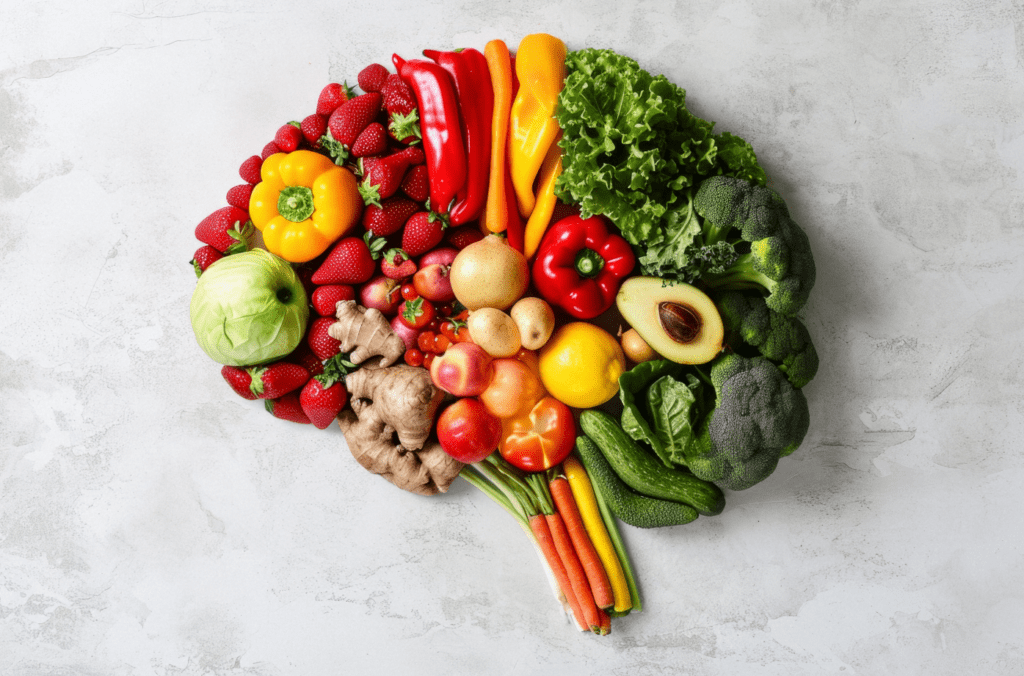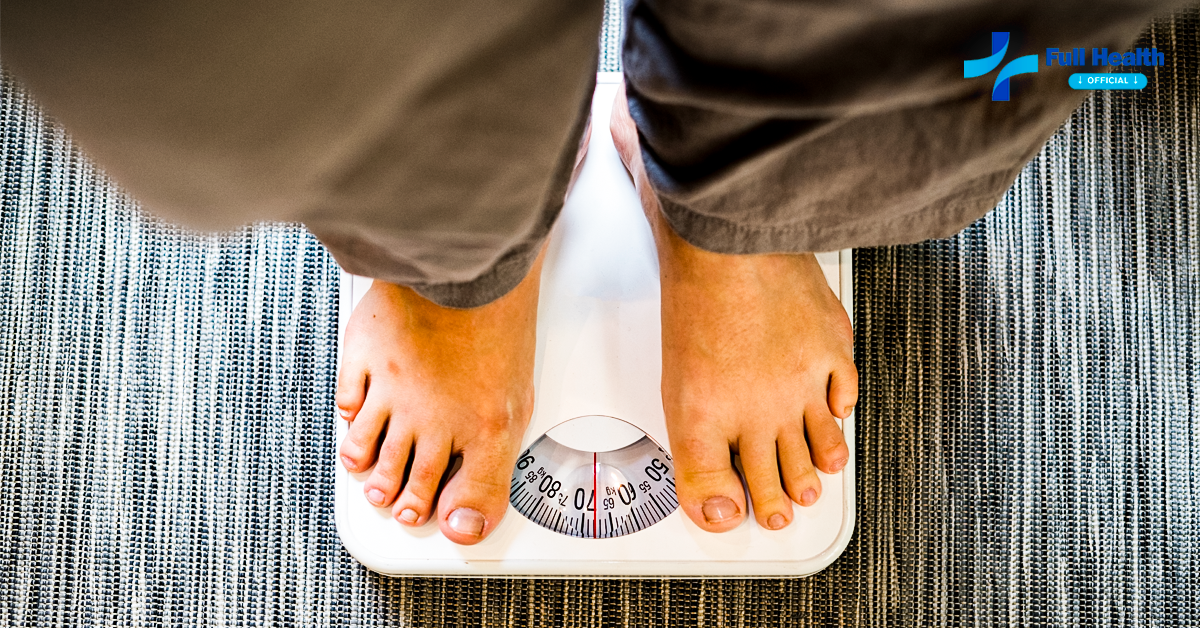Weight Loss Diet are structured eating plans designed to reduce body weight, primarily by reducing fat. The basic principle is simple: consume fewer calories than you burn daily, creating what is known as a “caloric deficit.” However, it’s a mistake to think this simply means eating less. The real secret is to eat smart and balanced. Well-planned weight loss diets can not only help eliminate fat but also improve overall health.
📜Contents
- 1 The Importance of a Balanced Diet in Weight Loss 💖
- 2 How Do Weight Loss Diet Work? 🤔
- 3 Main Types of Weight Loss Diet 📌
- 4 Complementary Strategies for Weight Loss Diets 🎯
- 5 100% Natural Supplement 🍃
- 6 Benefits and Risks of Weight Loss Diets ⚠️
- 7 The Impact of Exercise on Weight Loss Diets 🏃♂️
- 8 Conclusion 💥
- 9 Also Read – More Posts 💡
The Importance of a Balanced Diet in Weight Loss 💖
Balanced eating is the key to healthy and sustainable weight loss. It’s not just about aggressively cutting calories but about providing the body with all the nutrients it needs to function optimally. Proteins, healthy fats, quality carbohydrates, vitamins, and minerals are the basic components that keep the body active, metabolism accelerated, and hormones balanced.
When these elements are adequately combined, the body can burn fat more efficiently without sacrificing health. A balanced diet also prevents nutrient deficiencies, keeping energy and well-being intact during the weight loss journey.

How Do Weight Loss Diet Work? 🤔
The Role of Caloric Deficit
The caloric deficit is the central point of any weight loss diet. It occurs when the number of calories consumed is lower than the number of calories the body burns. This forces the body to use its energy reserves, stored in the form of fat. When this process is done in a controlled way, the body begins to burn stored fat, leading to weight loss. However, it is crucial to maintain this deficit healthily, without drastic cuts that could compromise metabolism and cause nutrient deficiencies.
How Does Metabolism Influence Weight Loss?
Metabolism refers to the processes the body uses to convert food into energy. Each person’s metabolism rate is different, and this can impact how easily someone loses weight. Some people naturally have faster metabolisms, meaning they burn calories more efficiently, while others have slower metabolisms, making weight loss more challenging. The good news is that metabolism can be stimulated through exercise and thermogenic foods, helping the body burn more calories at rest.
The Difference Between Weight Loss and Fat Loss
Often, weight loss and fat loss are used as synonyms, but they are different concepts. When losing weight, a person may be losing not only fat but also water and muscle mass. Ideally, the focus should be on fat loss while preserving muscle mass, as this keeps the metabolism active. Preserving muscle is crucial for a toned and healthy body and helps maintain long-term weight loss.

Main Types of Weight Loss Diet 📌
Ketogenic Diet (Keto)
How It Works
- The ketogenic diet works by drastically reducing carbohydrate intake and increasing the amount of healthy fats. This puts the body into a metabolic state called ketosis, where it starts using fat as its primary energy source. This promotes rapid weight loss, especially in the first few weeks.
Benefits and Risks
- The main benefits include prolonged feelings of fullness, rapid fat loss, and improved energy levels. However, the ketogenic diet may pose risks such as nutritional deficiencies, fatigue, and nausea, especially if done without professional health guidance.
Low Carb Diet
Basic Principles
- The low carb diet prioritizes reducing carbohydrate intake, especially refined ones like bread and pasta, while increasing protein and healthy fat intake. The goal is to stabilize blood insulin levels and encourage the body to burn fat as fuel.
Sample Menu
- A low carb menu might include scrambled eggs for breakfast, a salad with grilled chicken breast for lunch, and baked fish with vegetables for dinner. Snacks like nuts, avocado, and cheese are good options between meals.
Mediterranean Diet
Allowed Foods
- The Mediterranean diet is rich in fresh, natural foods such as fruits, vegetables, whole grains, olive oil, fish, poultry, and nuts. It is known as one of the healthiest diets in the world due to its focus on unprocessed, nutrient-rich foods.
Health Benefits
- In addition to aiding in weight loss, this diet is famous for improving heart health, reducing the risk of chronic diseases like diabetes and high blood pressure, and promoting a long and healthy life.
Paleo Diet
How Does It Work?
- The Paleo Diet proposes a return to eating primarily natural and unprocessed foods. Inspired by what our ancestors consumed during the Paleolithic era, it excludes grains, dairy, refined sugars, and processed foods. The diet focuses on lean proteins, fruits, vegetables, nuts, and seeds, offering a more natural, nutrient-rich eating approach.
Benefits and Risks
- One of the main benefits reported by those who adopt the Paleo Diet is weight loss and increased energy. By eliminating foods that may cause inflammation and imbalances in the body, such as sugar and refined grains, Paleo promotes better metabolic function. However, it is important to adapt it to your daily life and consider potential nutritional deficiencies that may arise from eliminating entire food groups. Consulting a nutritionist is always a good idea.
Vegetarian/Vegan Diet
How Does It Work?
- The Vegan Diet goes a step beyond vegetarianism, completely eliminating all animal products, including eggs, dairy, and even honey. It is a plant-based diet, with foods like fruits, vegetables, legumes, grains, nuts, and seeds.
Benefits and Risks
- The Vegetarian/Vegan Diet offers several health benefits, such as reducing the risk of heart disease, weight control, and preventing chronic illnesses like type 2 diabetes and certain types of cancer. However, it’s important to be aware of some risks, such as nutritional deficiencies, particularly in vitamin B12, iron, calcium, and protein, which can be harder to obtain solely from plant-based foods. With proper planning and, if necessary, supplementation, these nutrients can be replenished, ensuring a balanced and healthy diet.
Complementary Strategies for Weight Loss Diets 🎯
Calorie Counting: How to Control Daily Intake
Counting calories can be an effective way to monitor food intake and ensure that you are creating a caloric deficit. Several apps make this process easier by helping to calculate the calories in each meal and stay focused on your goals.
Intermittent Fasting: How and When to Do It
Intermittent fasting alternates periods of fasting with eating windows. One of the most popular approaches is the 16:8 method, where you fast for 16 hours and eat during an 8-hour window. This strategy can help reduce appetite and improve metabolic efficiency.
The Importance of Hydration in Weight Loss
Drinking enough water is crucial for success in any weight loss plan. Often, thirst is mistaken for hunger, leading to excessive calorie consumption. Staying hydrated not only helps control appetite but also favors optimal metabolism function.

100% Natural Supplement 🍃
The use of natural supplements is an excellent way to complement treatments and promote balanced health. These products provide essential nutrients that we often cannot get from food alone. Nagano Tonic, for example, is a standout natural supplement due to its potent and innovative formula. Unlike other options, it directly targets a dormant metabolism, helping to accelerate fat loss, increase energy levels, and provide a renewed sense of youth.
With tested and carefully selected ingredients, Nagano Tonic offers powerful support to the body, aiding not only in weight loss but also promoting a healthier and more active life. Manufactured in the USA, in an FDA-certified facility following good manufacturing practices (GMP), Nagano Tonic ensures safety and quality. By adopting natural supplements like this, you invest in wellness and longevity.
Benefits and Risks of Weight Loss Diets ⚠️
Rapid Weight Loss vs. Sustainable Weight Loss
While rapid weight loss may seem attractive, it often results in yo-yo dieting, where the lost weight is quickly regained. Ideally, it’s best to aim for gradual and sustainable weight loss, allowing the body to adapt and maintain long-term results.
Common Side Effects
Overly restrictive diets can cause various side effects, such as fatigue, dizziness, irritability, and nutritional deficiencies. That’s why it’s essential to follow an eating plan that provides all the necessary nutrients.
The Impact of Exercise on Weight Loss Diets 🏃♂️
The Role of Physical Activity in Weight Loss
Exercise is an indispensable component of any weight loss plan. In addition to increasing calorie expenditure, it helps preserve muscle mass, which is essential for maintaining a fast metabolism.

Conclusion 💥
Reaching your ideal weight is not a quick journey, but it is possible with a balanced approach. As we have seen, weight loss diets work best when combined with lifestyle changes, such as physical activity and healthy, varied eating. The goal is not just to lose weight but to create habits that you can maintain long-term, ensuring not only the desired appearance but also better health and well-being.
Remember, each body is unique, and respecting your own pace is essential. By balancing diet, exercise, and conscious choices, you will not only achieve your goals but also maintain them more easily.
Also Read – More Posts 💡





